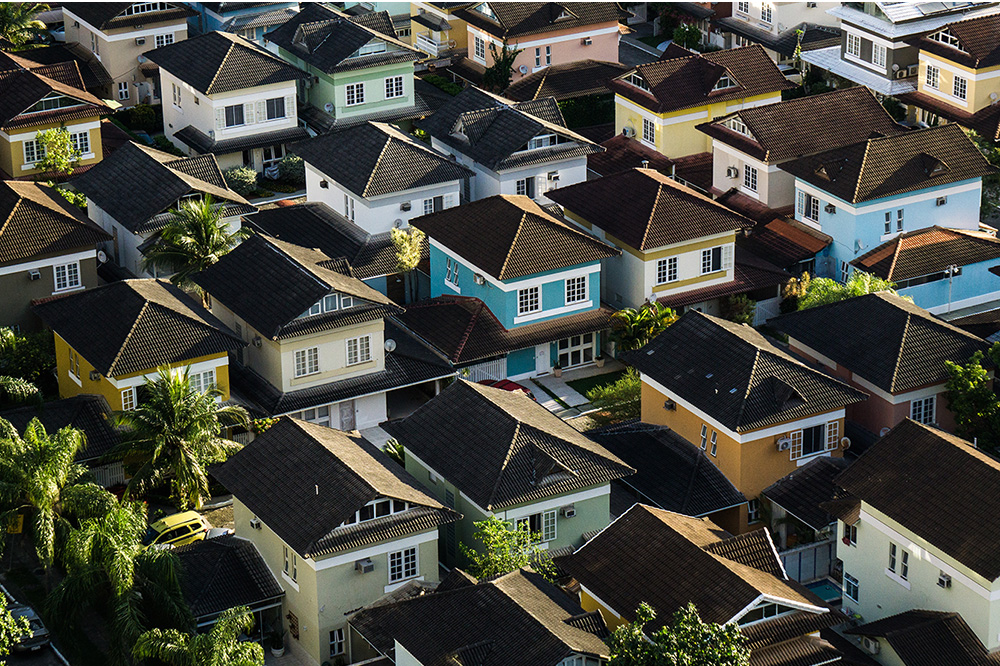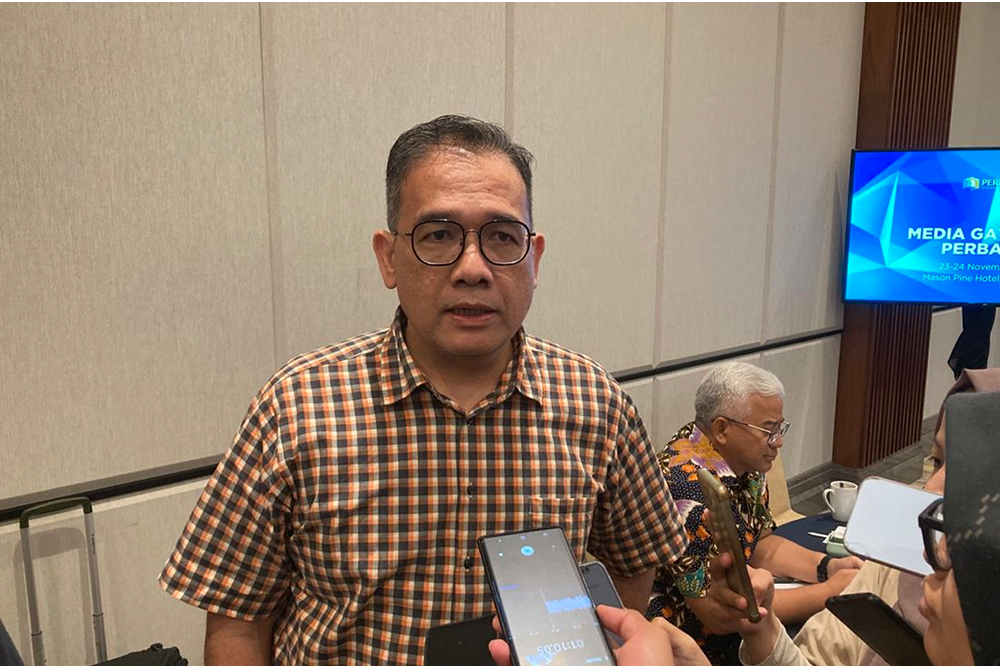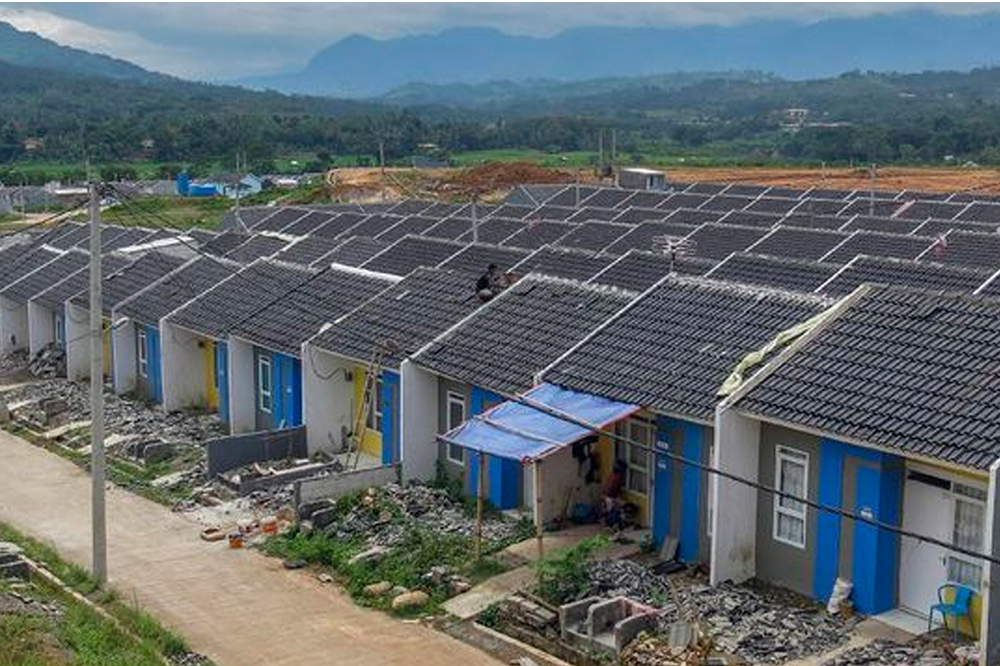Increase in the UMP Can Increase Demand for KPR
 06 December 2023
06 December 2023

Chief Economist BTN Winang Budoyo said the increase in the provincial minimum wage (UMP) could affect the demand for Home Ownership Credit (KPR), especially the subsidized KPR. “The subsidised KPR is the recipient of the low-income society (MBR) with an income of Rp 4 million to Rp 8 million. That means, with the increase in UMP, they can have the money left over for other consumption,” Winang said at the Media Gathering PERBANAS in Padalarang on Thursday (24/11). In addition, the government provides KPR subsidies to low-income individuals with a 5% interest rate scheme and tenors up to 30 years. Specifically, Winang said that UMP worth Rp. 5,06 million is enough to buy houses under the KPR subsidy scheme in the area of DKI Jakarta and the surrounding area.

(Photo: ANTARA/Imamatul Silfia)
"I think getting a KPR subsidy with UMP that way could be another story if KPR is not subsidized; it really needs a higher fund," Winang said.
He stated that many of the beneficiaries of the KPR subsidy are factory workers, and today they pay great attention to the housing needs of their employees. Therefore, subsidized house projects often appear around factories. The rapidly expanding development of subsidized housing projects in Bekasi and Karawang suggests that rising demand will encourage developers to add to their housing stocks. Winang stated that the Government Value Added Tax Incentive (PPN DTP) will also increase KPR demand.

(Photo: ANTARA FOTO/Yulius Satria Wijaya).
The facility runs from November this year to December next year. DTP PPN will be fully covered by the government at a maximum of Rp. 2 billion from November to December 2023. Then, from January to June 2024, DTP VAT will be covered entirely by the Government at the maximum of Rp 2 billion. Winang also predicts KPR growth next year to reach 10-12%, in line with overall credit growth projections.

